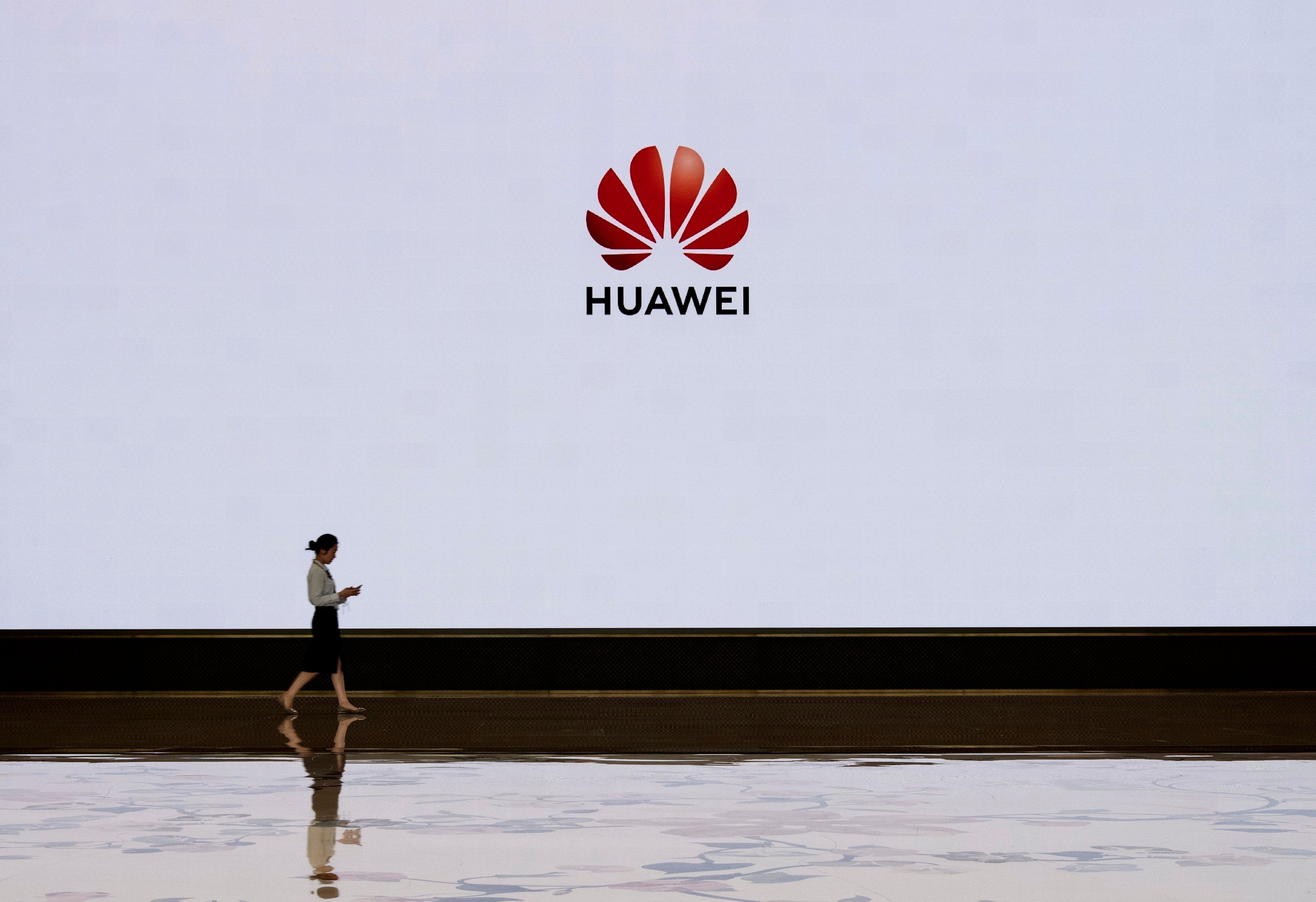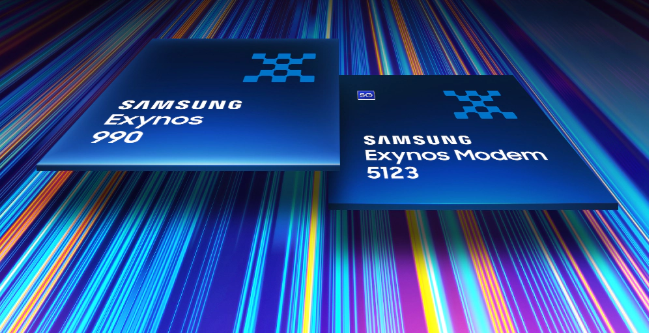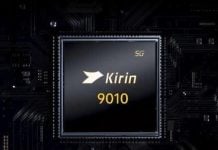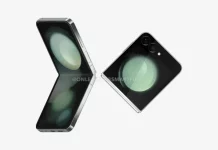Samsung and Huawei are both competitors in the field of consumer-related products. But regardless of this, both companies are business partners as well with the latter representing a huge source of revenue for the former. This is especially true in the semiconductor business where Samsung particularly specializes in. But according to a new report, the South Korean tech giant might soon lose the revenue stream from Huawei in the arriving couple of years.
Notably, Samsung’s top five biggest clients at the end of Q4 2019 were companies like Apple, Best Buy, Deutsche Telekom, Verizon, and Huawei. Each of these companies also represents different areas where Samsung specializes in, like smartphones, semiconductors, displays, 5G networking and more.

Historically, Huawei has relied on Samsung’s semiconductor business for DRAM and NAND flash memories for its smartphones. However, this may come to an end due to the new Chinese Government initiative to encourage local industries and minimize reliance on imported components in the next 5 years. This marks a major shift in China’s manufacturing field by the year 2025.
Editor’s Pick: Huawei Watch GT 2 lands in India; starts at INR 14,990 (~$210) with free gifts
China Manufacturing 2025 is favorable to companies like Huawei, helping them become more self-sufficient in the next couple of years. This will also help in reducing its reliance on Samsung, who may suffer a huge blow in the wake of this market shift, particularly in the semiconductor segment. Meaning, the South Korean company will lose a large source of revenue which would take time to recover from.

Huawei has seen great success in the Chinese smartphone market (which is the largest market for handsets) which has also led to Samsung enjoying a healthy source of revenue in recent years. But if Huawei adopts local alternatives, Samsung might be in trouble. Fortunately, Samsung also has Intel as one of its clients in the semiconductor field which has become an important client recently with the production of 14nm CPU chipsets being manufactured in Samsung’s facilities.
UP NEXT: Redmi K30 series has its 64 MP camera samples revealed
(Via)







